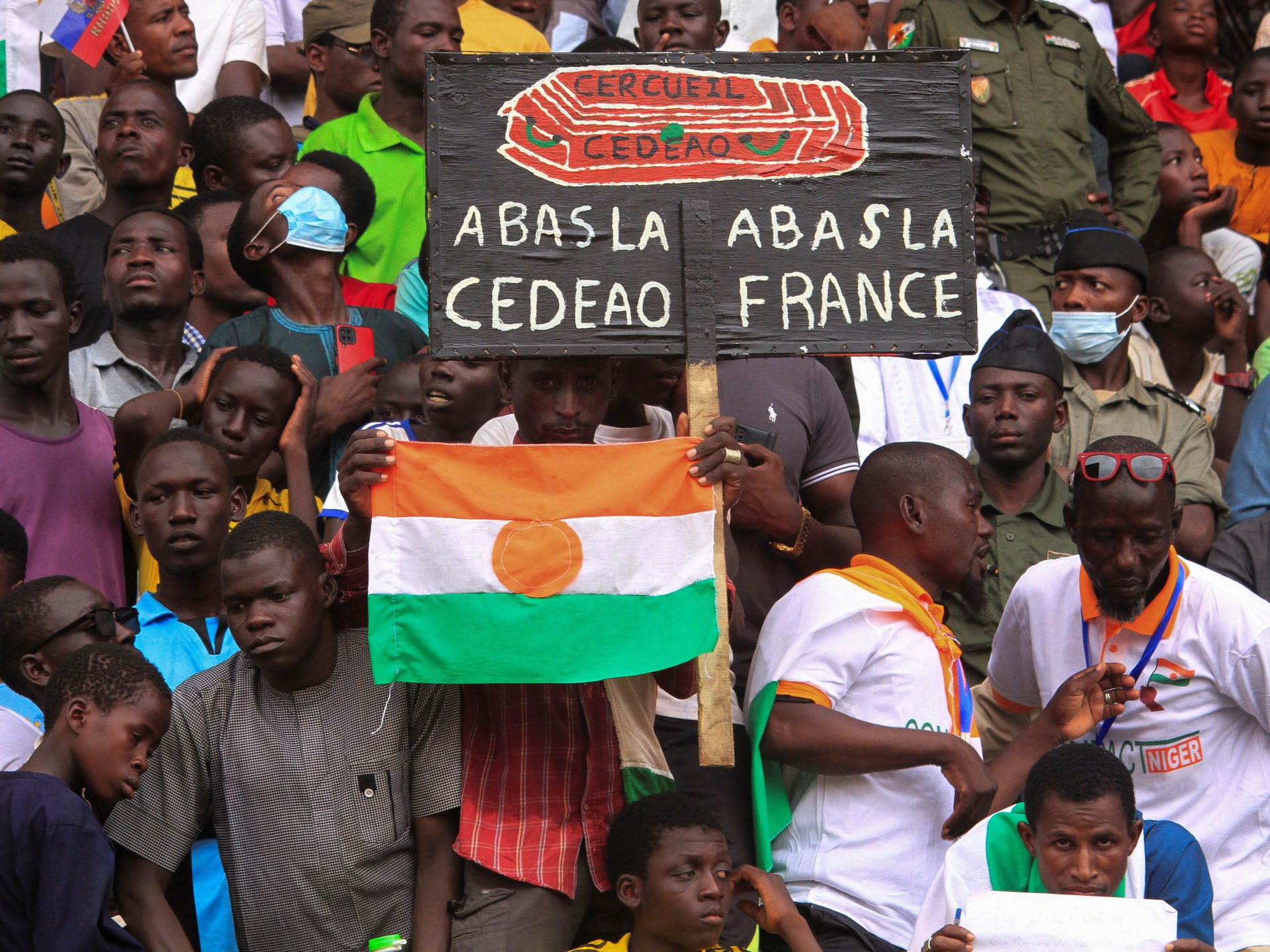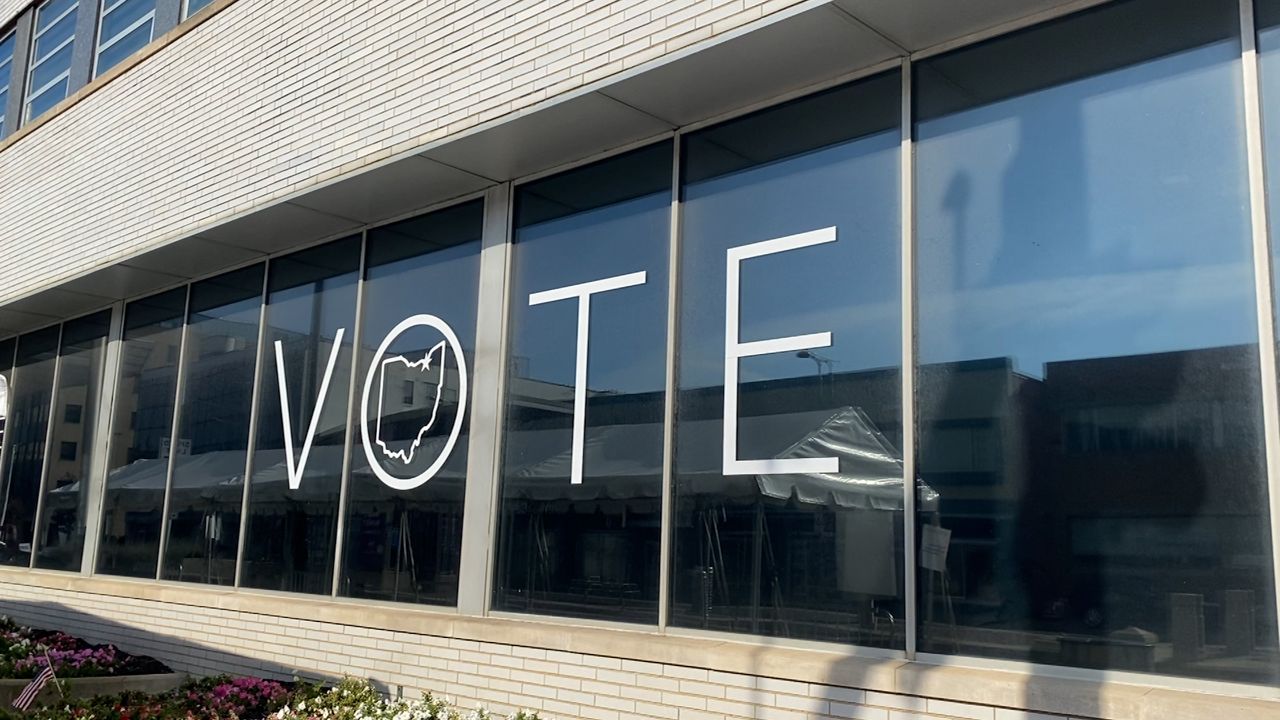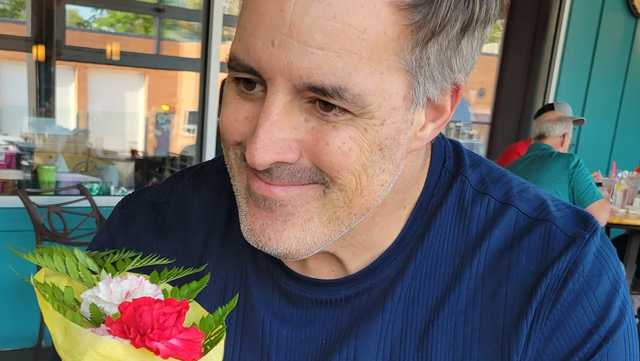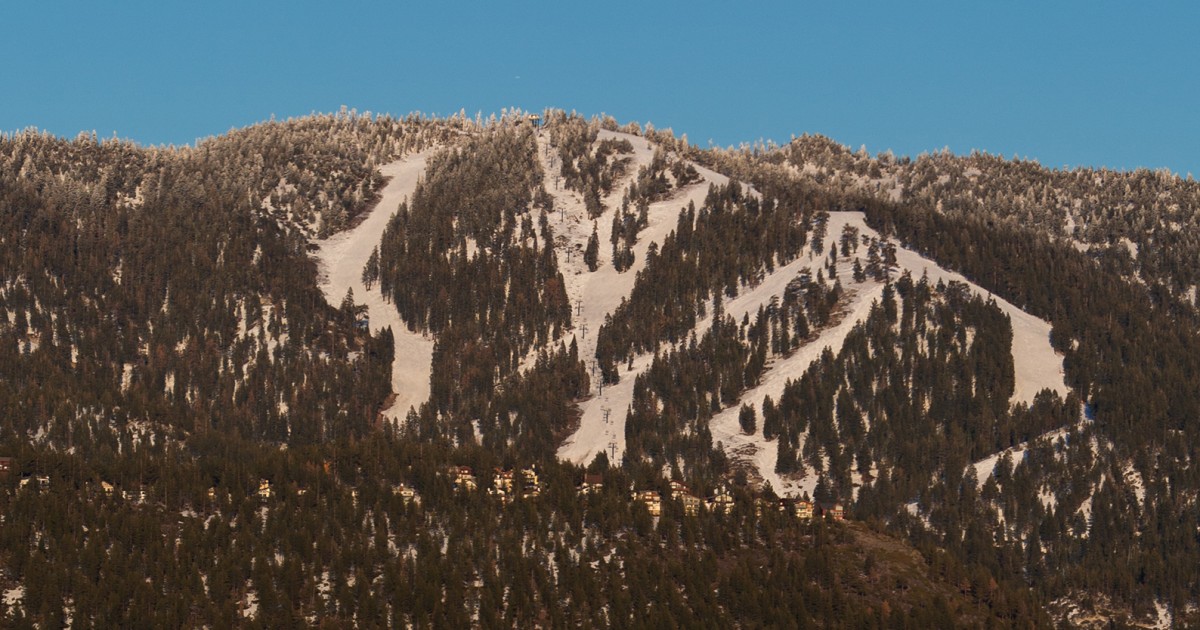World
Niger’s military rulers order expulsion of French ambassador

Visas of the envoy and his family are revoked, marking a further downturn in ties and a rise in anti-French sentiment.
Niger’s military rulers have ordered police to expel France’s ambassador, a move that marks a further downturn in relations and one that French authorities say the army officers who seized power in Niamey last month had no authority to make.
The coup’s leaders are following the strategy of military governments in neighbouring Mali and Burkina Faso in distancing themselves from the region’s former colonial power amid a wave of anti-French sentiment.
The visas of French Ambassador Sylvain Itte and his family have been cancelled, and police have been instructed to expel the envoy, the military administration said in a statement dated Tuesday and confirmed as authentic on Thursday by its head of communications.
Last Friday, instigators of the coup, which has been condemned by African leaders and Western nations, ordered Itte to leave the country within 48 hours in response to what they called actions by France “contrary to the interests of Niger”.
It said these actions included the envoy’s refusal to respond to an invitation to meet Niger’s new foreign minister.
The envoy “no longer enjoys the privileges and immunities attached to his status as member of the diplomatic personnel in the French embassy”, the letter, seen by the Agence France-Presse news agency, read.
“[His] diplomatic cards and visas and those of the members of his family have been cancelled. The police have been instructed to proceed to his expulsion.”
‘Reputational damage’
Since toppling democratically elected President Mohamed Bazoum, the military has leveraged anti-French sentiment among the population to shore up its support.
People chant, “Down with France,” at near daily rallies in the capital and at times in front of a French military base in Niamey.
France has called for the ousted president to be returned to office and said it would support efforts by the Economic Community of West African States, to overturn the coup.
France has made Niger the cornerstone of operations against armed groups in the Sahel region. The fighting has killed thousands of people over the past decade, and France has deployed about 1,500 soldiers in Niger to support its military.
Paris redefined its strategy after withdrawing thousands of its soldiers from neighbouring Mali and Burkina Faso after the coups there.
France has not officially recognised a decision by Niger’s military leaders to revoke bilateral military agreements, saying those had been signed with the country’s “legitimate authorities”.
Similarly, the French Ministry for Europe and Foreign Affairs said on Thursday that the coup leaders do not have the authority to ask the ambassador to leave. It added that it is “constantly assessing the security and operating conditions of our embassy”.
French military spokesman Colonel Pierre Gaudilliere warned: “The French military forces are ready to respond to any upturn in tension that could harm French diplomatic and military premises in Niger.”
“Measures have been take to protect these premises,” he said.
This week, French President Emmanuel Macron said the ambassador would stay in the country and reiterated France’s support for Bazoum.

World
‘Spider-Man: Beyond the Spider-Verse’ Sets 2027 Release Date, Reveals First Look at CinemaCon

“Spider-Man: Beyond the Spider-Verse,” the third entry in Sony’s animated web-slinging trilogy, will swing into theaters… in 2027. It’ll be released on June 4.
“We know how important this franchise is to so many people around us. We just could not run it back,” the filmmaking team of producer Phil Lord and co-directors Bob Persichetti and Justin K. Thompson said at CinemaCon, the movie theater trade show that’s currently unfolding in Las Vegas. “So, we decided we needed to take the time to make sure we got it just right.”
Lord promises, though, “It’s going to be a massive finale to the trilogy.”
To prove that bold statement, the trio brought to CinemaCon the first-look at “Beyond the Spider-Verse,” the epic conclusion to the journey that began with 2018’s “Spider-Man: Into the Spider-Verse” and continued with 2023’s “Spider-Man: Across the Spider-Verse.” Lord and Chris Miller, who created the trilogy, are returning to co-write the screenplay.
“Into the Spider-Verse” was one of the initial cinematic introductions to the multiverse, a form that’s been popularized through subsequent blockbusters like “Avengers: Endgame,” Tom Holland’s (live action) “Spider Man: No Way Home” and “Deadpool & Wolverine.” In the original, Brooklyn high schooler Miles Morales learns that “anyone can wear the mask” as he becomes the new Spider-Man and joins other Spider-People from parallel universes who team up to save New York City from danger. In the follow-up, Miles takes Gwen Stacy (a.k.a. Spider-Woman) across the multiverse but comes into conflict with another threat. Plot details for the third haven’t been revealed but the story presumably involves Miles Morales facing an existential threat.
On stage at CinemaCon, Lord teases that Miles Morales begins the threequel as a fugitive on the run from every other spider in the multiverse… and hinted that “Gwen and his other friends may or may not be enough to help him save the family that’s been the leading part of the entire system.”
In the footage, which again showcased the franchise’s bold, stylized animation, Miles Morales declares that he’s doing things “his way” after everyone lamenting that everyone has been telling him how his own story is supposed to go. Gwen Stacy and other Spidey friends also made appearances in the brief teaser, which hasn’t yet been released to the public.
“Spider-Verse” has been a major box office force; the original grossed $384 million globally in addition to winning the Oscar for best animated feature while the sequel amassed a mighty $690 million. Lord told the room of movie theater owners that “Beyond the Spider-Verse” is meant for “the biggest screens.”
“We are prepping this movie especially for your large format screens,” he said. “It looks insane.”
World
Finnish president: Trump should give Putin 3 weeks to agree Ukraine ceasefire

The president of Finland is urging President Trump to impose a deadline on Vladimir Putin of April 20 to agree a ceasefire in Ukraine.
Speaking to Fox News in London following a weekend visit with Trump in Florida, Alexander Stubb praised Trump’s negotiating efforts, saying Trump is “probably the only person in the world who can mediate the peace.”
DAN HOFFMAN: TRUMP HAS TRIED ‘EVERYTHING’ HE COULD TO ‘ENTICE’ RUSSIA TO COME TO BARGAINING TABLE
But he argued the ceasefire negotiation process should not be open ended.
“We need a ceasefire, and we need a date for the ceasefire,” Stubb said. “And that date should be the 20th of April.”
Finnish President Alexander Stubb is urging President Trump to push his Russian counterpart, Vladimir Putin, into agreeing a Ukraine ceasefire by April 20. (Getty Images)
April 20 would mark three months since Trump’s inauguration, and is also Orthodox Easter.
“If President Putin — who is the only one who is not accepting a ceasefire, because the Americans want it, the Europeans want it, the Ukrainians want it — if he doesn’t oblige by the ceasefire, then we should go for a colossal set of sanctions coming from the United States and Europe,” Stubb said.
Trump has spoken of a “psychological deadline” for Russia to agree to a ceasefire, but has declined to name a date.
TRUMP THREATENS SANCTIONS ON RUSSIA, DEMANDS PEACE AFTER MAJOR HITS IN UKRAINE
Stubb said Putin “respects, and in many ways fears, Donald Trump.”
Finland — a neighbor of Russia’s, with a shared border running more than 800 miles — upended decades of neutrality two years ago when it joined NATO, alarmed by the war in Ukraine.
Stubb believes Ukraine should also be allowed to join the military alliance “in the long run” — a position that runs counter to the Trump administration’s.

Stubb sat down for an interview with Fox News after meeting President Trump at Mar-a-Lago. (Alex Hogan/Fox News)
Following talks and a round of golf with Trump in Florida, the Finnish leader said European leaders are heeding American complaints that Europe does not spend enough money on defense, relying instead on the United States.
“Europe needs to take more responsibility for its own security, more responsibility for its own defense,” Stubb said. “I think we’re doing exactly that.”

U.S. President Donald Trump gestures as Finland’s President Alexander Stubb stands next to him at at Mar-a-Lago, in Palm Beach, Florida, U.S., March 29, 2025. Finnish Presidential Office via Instagram/Handout via REUTERS (Presidential Office via Instagram/Handout via REUTERS)
He described the U.S.-European relationship as “in a transition,” but insisted: “We’re allies.
“Just because ideologically there are differences at times between Europeans and Americans doesn’t mean that we’re going to sever or divorce.”
World
Trump administration reviews billions in Harvard contracts and grants

The administration of President Donald Trump has announced it will undertake a “comprehensive review” of federal contracts with Harvard University, as part of its crackdown on anti-Semitism in the United States.
But critics fear the prestigious Ivy League university is the latest target in a purge of pro-Palestinian voices.
On Monday, three departments under Trump’s control — the Department of Education, the General Services Administration and the Health and Human Services Department — issued a press release saying that $255.6m in Harvard contracts and $8.7bn in multi-year grants are slated to come under the microscope.
“Harvard has served as a symbol of the American Dream for generations,” Secretary of Education Linda McMahon said in a statement.
“Harvard’s failure to protect students on campus from anti-Semitic discrimination — all while promoting divisive ideologies over free inquiry — has put its reputation in serious jeopardy.”
The announcement follows similar actions taken against another private Ivy League campus, Columbia University in New York, which saw millions in contracts revoked.
The Ivy League — and Columbia in particular — were an epicentre of pro-Palestinian demonstrations in the US, after Israel launched a war against Gaza in October 2023.
Student encampments on Columbia’s lawn in April and May 2024 inspired similar protests around the country, as campus activists denounced school ties to Israel and called for an end to human rights abuses in Gaza.
Human rights groups and experts at the United Nations have accused Israel of using tactics consistent with genocide in the Palestinian territory.
The organisers behind the campus protesters have largely rejected accusations of anti-Semitism, arguing that being critical of Israel’s government is not the same as spreading anti-Jewish hate. They have likened attempts to smear their protests as a form of censorship, designed to dampen free speech.
But critics have accused the protesters of creating an unsafe learning environment. There have also been isolated reports of anti-Jewish attacks, including the alleged assault of one 24-year-old Columbia student who was hanging pro-Israel flyers in October 2023.
Still, the protests have been, by and large, peaceful. And free-speech experts have denounced the Trump administration as blowing accusations of anti-Semitism out of proportion in order to exercise control over top universities.
A list of demands
In the case of Columbia University, the Trump administration stripped the school of $400m in grants and contracts on March 7, effective immediately. It accused Columbia of allowing “relentless violence, intimidation, and anti-Semitic harassment” on its campus.
A week later, on March 13, the Trump administration issued a list of demands Columbia would need to comply with to earn back the $400m.
They included banning face masks, ensuring law enforcement could arrest “agitators” on campus, and adopting a controversial definition of anti-Semitism that could include criticism of Israel.
The Trump administration also called for the Department of Middle East, South Asian and African Studies to be placed under the control of an external “receivership“.
Critics denounced the measures as an attempt to corrode academic freedom. The Foundation for Individual Rights and Expression (FIRE) called the administration’s move “a blueprint to supercharge campus censorship”.
“The letter goes far beyond what is appropriate for the government to mandate and will chill campus discourse,” the organisation wrote in a statement.
“Civil rights investigations should not be handled through ad hoc directives from the government.”
But the US has long been an ally of Israel’s since the country’s founding, and the Trump administration has backed Israeli Prime Minister Benjamin Netanyahu’s ongoing campaign in Gaza, even proposing that the US “take over” and “own” the Palestinian territory — turning it into a “riviera of the Middle East”.
Critics said Trump’s proposal amounted to a campaign of ethnic cleansing against the Palestinians who call Gaza home.
On March 22, Columbia University agreed to comply with most of Trump’s demands.
Law school speaks out
The Trump administration touted those concessions as a victory in its news release announcing the review of Harvard’s federal contracts.
It also indicated that Harvard has signalled it would cooperate with Trump’s priorities.
“We are pleased that Harvard is willing to engage with us on these goals,” Sean Keveney of the Health and Human Services Department said in the statement.
But the announcement that Harvard was the next school to be singled out comes on the heels of an open letter from its law school, one of the oldest in the nation.
More than 90 professors signed the document, which denounces actions taken to “punish people for lawfully speaking out on matters of public concern”.
While the letter does not mention Trump or the pro-Palestinian protesters outright, its publication comes after students have been arrested for deportation as the result of their activism.
The letter does, however, make note of attempts to “threaten law firms and legal clinics” for their legal work or prior government services — a reference to actions Trump has taken.
Trump, for example, has issued executive orders punishing firms like San Francisco’s Perkins Coie LLP, which represented his 2016 election rival Hillary Clinton, and he has fired career prosecutors at the Department of Justice.
The Harvard Law professors warned this violates the constitutional right to free speech — and creates an atmosphere of fear.
“Whatever we might each think about particular conduct under particular facts, we share a conviction that our Constitution, including its First Amendment, was designed to make dissent and debate possible without fear of government punishment,” the letter reads.
“Neither a law school nor a society can properly function amidst such fear.”
Still, the Trump administration pledged “swift action” if Harvard failed to comply with its demands.
“We mean business,” Secretary McMahon posted on social media.
-

 Movie Reviews1 week ago
Movie Reviews1 week agoFilm Review: Rachel Zegler is the Best Part of an Otherwise Dull Remake of ‘Snow White’ – Awards Radar
-

 Education1 week ago
Education1 week agoICE Tells a Cornell Student Activist to Turn Himself In
-

 Politics1 week ago
Politics1 week agoEXCLUSIVE: Groundbreaking new prayer book designed for demographic most targeted for abortion
-

 News1 week ago
News1 week agoShooting at Park in New Mexico Leaves at At Least 3 Dead and 16 Injured
-

 News5 days ago
News5 days agoTrump Is Trying to Gain More Power Over Elections. Is His Effort Legal?
-

 News7 days ago
News7 days agoWashington Bends to RFK Jr.’s ‘MAHA’ Agenda on Measles, Baby Formula and French Fries
-

 News1 week ago
News1 week agoDismantling the Department of Education will strip resources from disabled children, parents and advocates say | CNN
-

 News1 week ago
News1 week agoLeft-Wing Democrats Wait on AOC’s Decision as They Look to 2028 Election


















